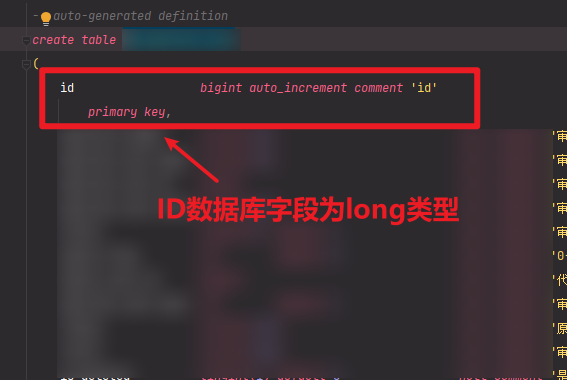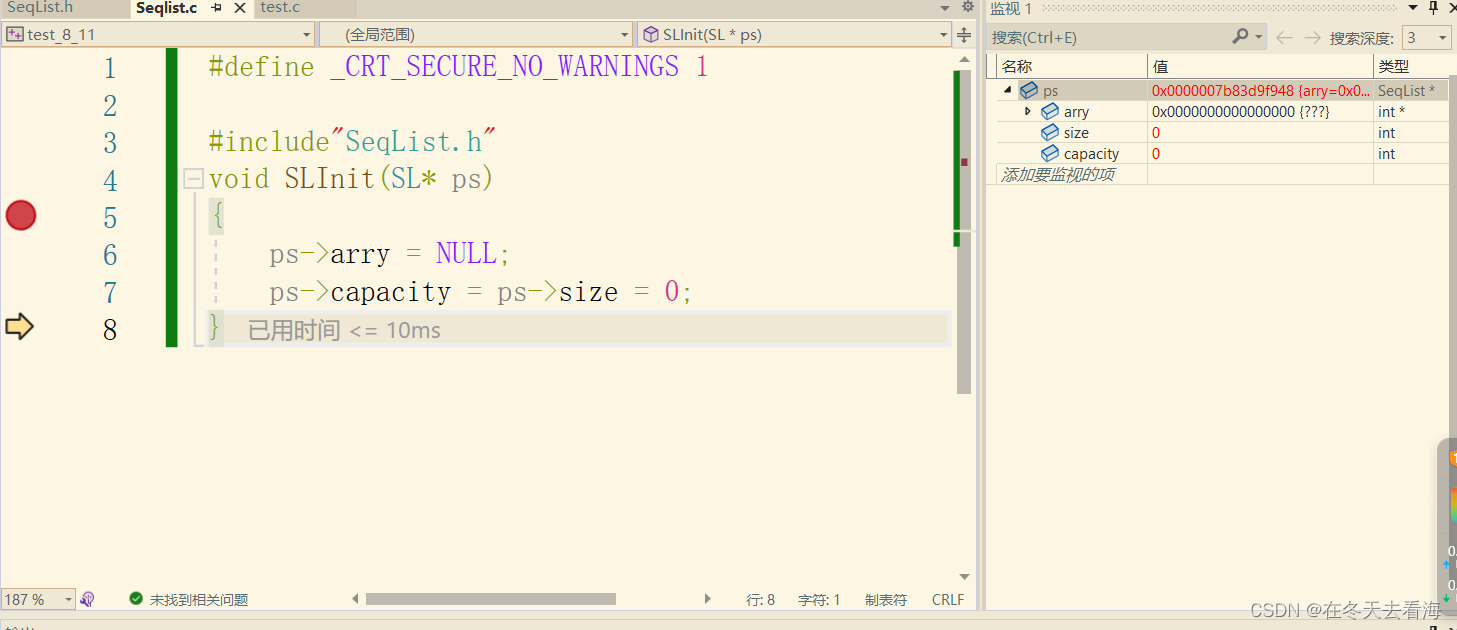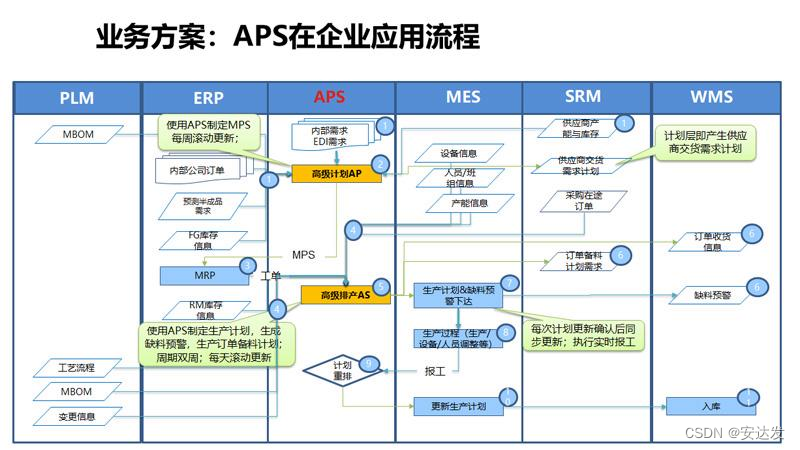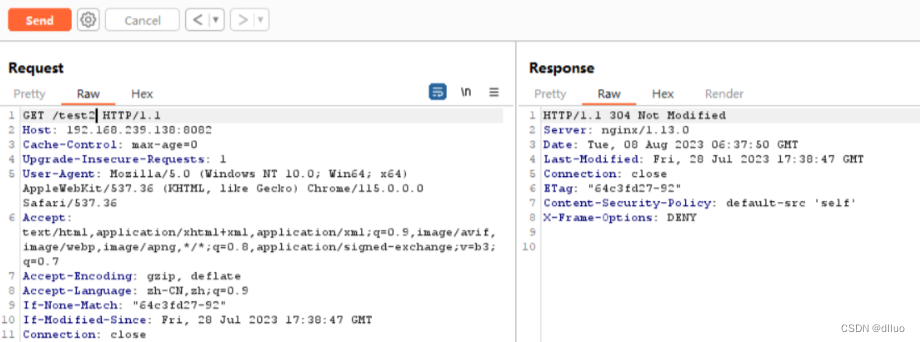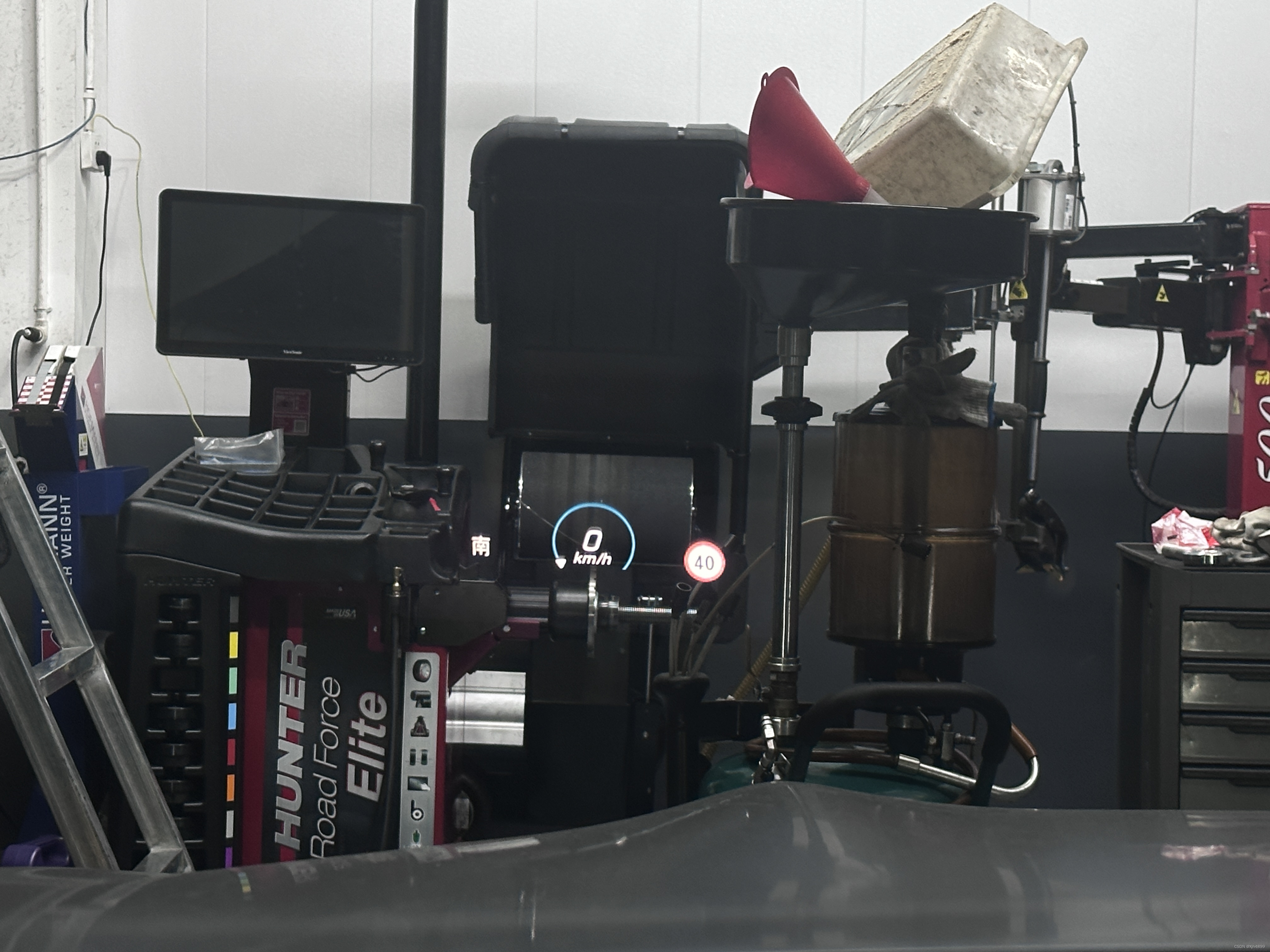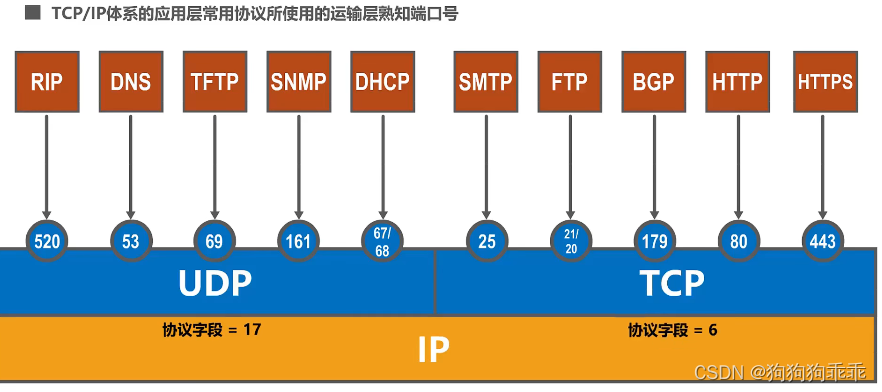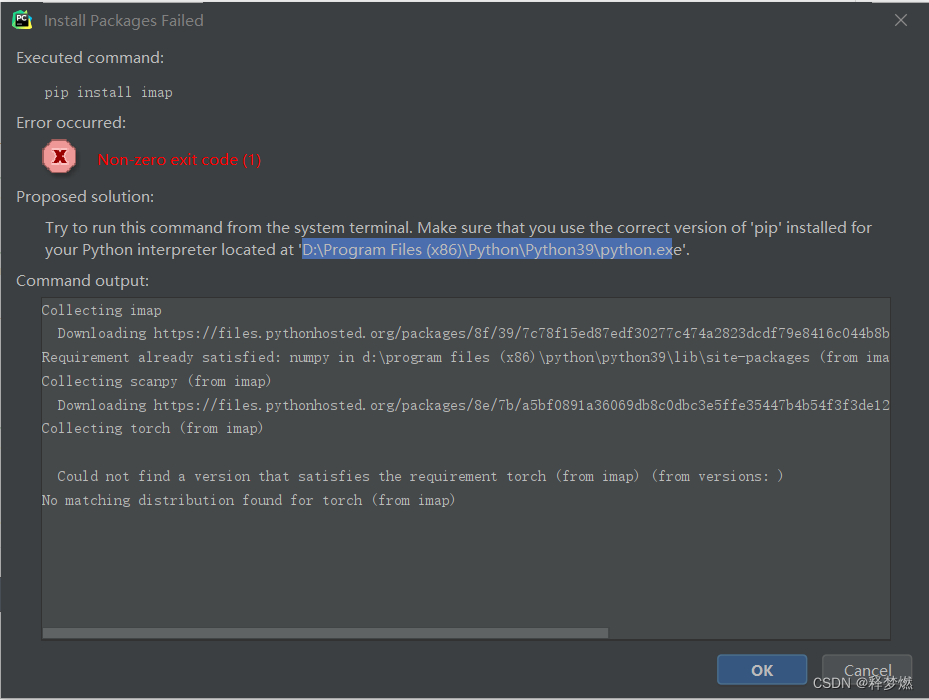所谓的string类,其实就是我们所说的字符串,本质和c语言中的字符串数组一样,但是为了更符合C++面向对象的特性,特地将它写成了一个单独的类,方便我们的使用
对其定义有兴趣的可以去看string类的文档介绍,这里就不做过多的介绍了
一、了解string类的接口,及其相关的功能
1.构造函数相关接口
| (constructor)函数名称 | 功能说明 |
| string() | 构造空的string对象,即空字符串 |
| string(const char*s) | 用C中的字符串构造string类 |
| string(size_t n,char c) | 用n个c字符创建string对象 |
| string(const string& s) | 拷贝构造 |
#include<iostream>
#include<string>
using namespace std;
int main()
{
string s1;
string s2("hhh");
string s3(3,'a');
string s4(s2);
cout << s1 << endl;
cout << s2 << endl;
cout << s3 << endl;
cout << s4 << endl;
return 0;
}
2. string类对象的容量操作
| 函数名称 | 功能说明 |
| size | 返回字符串的有效长度,'\0'除外 |
| length | 返回字符串的有效长度,和上面一个函数功能一样 |
| capacity | 返回空间大小(即共能存放多少个字符,'\0'除外) |
| empty | 检查字符串是否为空 |
| clear | 清空字符串,但一般不释放空间,即capacity不变 |
| reserve | 为字符串预留空间,减少扩容次数 |
| resize | 将有效字符的个数改成n个,多出来的空间用字符c(传入参数)填充 |
| shrink_to_fit | 将字符串的capacity缩小至和size一样大,(一般不用) |
#include<iostream>
#include<string>
using namespace std;
int main()
{
string s("hello world");
cout << s << endl;
cout << s.size() << endl;
cout << s.length() << endl;
cout << s.capacity() << endl;
cout << s.empty() << endl;
cout << "------------" << endl;
s.clear();
cout << s << endl;
cout << s.size() << endl;
cout << s.length() << endl;
cout << s.capacity() << endl;
cout << s.empty() << endl;
cout << "------------" << endl;
s.reserve(100);
cout << s << endl;
cout << s.size() << endl;
cout << s.length() << endl;
cout << s.capacity() << endl;
cout << s.empty() << endl;
cout << "------------" << endl;
s.resize(10, 'a');
cout << s << endl;
cout << s.size() << endl;
cout << s.length() << endl;
cout << s.capacity() << endl;
cout << s.empty() << endl;
cout << "------------" << endl;
return 0;
}
注意:1. resize(size_t n) 与 resize(size_t n, char c)都是将字符串中有效字符个数改变到n个,不同的是当字符个数增多时:resize(n)用0来填充多出的元素空间,resize(size_t n, char c)用字符c来填充多出的元素空间。注意:resize在改变元素个数时,如果是将元素个数增多,可能会改变底层容量的大小,如果是将元素个数减少,底层空间总大小不变。
2.reserve(size_t n = 0)为string预留空间,不改变有效元素个数,当reserve的参数小于
string的底层空间总大小时,reserver不会改变容量大小。
3.string类对象的访问及遍历操作
| 函数名称 | 功能说明 |
| operator[ ] | 返回pos位置的字符 |
| begin+end | begin获取第一个字符的迭代器+end获取最后一个字符下一个位置的迭代器 |
| rbegin+rend | rbegin获取最后一个字符的迭代器+rend获取第一个字符前一个位置的迭代器 |
| 范围for | C++11支持更简洁的范围for的新遍历方式 |
#include<iostream>
#include<string>
using namespace std;
int main()
{
string x = "hello world";
//本质是隐式类型转化+拷贝构造,即调用构造函数创建临时变量,然后拷贝构造,编辑器优化后是一个构造函数
string::iterator it1 = x.begin();//正向迭代器
//这里不建议用it1<x.end(),因为string类的迭代器it1++底层是指针后移,
//但是其他类的迭代器不一定是这样实现的,而!=是通用的
while (it1 != x.end())
{
cout << *it1 << " ";
++it1;
}
cout << endl;
string::reverse_iterator it2 = x.rbegin();//逆向迭代器
while (it2 != x.rend())
{
cout << *it2 << " ";
++it2;
}
cout << endl;
for (auto& s : x)//底层实现就是上面的正向迭代器
{
cout << s << " ";
}
cout << endl;
for (int i = 0; i < x.size(); i++)
{
cout << x[i] << " ";
}
const string y = "good game";
string::const_iterator it3 = y.begin();//具有常属性的对象的迭代器写法
string::const_reverse_iterator it4 = y.rbegin();
return 0;
}
4.string类对象的修改操作
| 函数名称 | 功能说明 |
| push_back | 在字符串后尾插字符c |
| append | 在字符后追加一个字符串 |
| operator+= | 在字符串后追加字符串/字符 |
| c_str | 返回C语言格式的字符串 |
| find | 从字符串pos位置开始往后找字符c,返回该字符在字符串中的下标 |
| rfind | 从字符串pos位置开始往前找字符c,返回该字符在字符串中的下标 |
| substr | 在str中从pos位置开始,截取n哥字符,然后将其返回 |
下面是一些测试用例,可以去自己调试调试,当然还有写其他的用法没写,有兴趣可以去查查文档,一般来说下面的用法就够用了
void test1()
{
string x;
x.push_back('a');
x.push_back('b');
x.push_back('c');
cout << x << endl;
x.append("def");
cout << x << endl;
x += 'e';
cout << x << endl;
x += "fgh";
cout << x << endl;
}
void test2()
{
string x = "test.txt";
FILE* fp = fopen(x.c_str(), "w");
//...
//当我们调用C语言中的一些需要类似char*参数的相关接口时,
//我们就需要将string转成C语言中的字符串,进行调用
fclose(fp);
}
void test3()
{
string s = "hello world";
size_t p = s.find('l');//默认从起始位置开始找
if (p != string::npos)//没找到时会返回npos
cout << p << " " << s[p] << endl;
p = s.find('l',5);//从下标为5的位置开始找
if (p != string::npos)
cout << p << " " << s[p] << endl;
p = s.find("world");//默认从其实位置开始找
if (p != string::npos)
cout << p << " " << s[p] << endl;
p=s.find("world",3);//从下标为3的位置开始找
if (p != string::npos)
cout << p << " " << s[p] << endl;
p = s.find("word", 1, 2);//从下标1开始找和word前两个字符匹配的地方
if (p != string::npos)
cout << p << " " << s[p] << endl;
//string x = "word";
//p = s.find(x, 1);//从下标1开始在s中找x,也可以默认从0开始
//rfind用法和find用法一样
}
void test4()
{
string x = "you are right";
cout << x.substr(0, 3) << endl;//从下标0开始往后取3个字符返回,返回类型是string
cout << x.substr(4, 3) << endl;//从下标4开始往后取3个字符返回,返回类型是string
cout << x.substr(8, 5) << endl;//从下标8开始往后取5个字符返回,返回类型是string
}
int main()
{
//test1();
//test3();
//test4();
return 0;
}5.string类的非成员函数介绍
| 函数名称 | 功能说明 |
| operator+ | +运算符重载 |
| operator>> | 输入运算符重载 |
| operator<< | 输出运算符重载 |
| getline | 获取一行字符串 |
上面的函数就不一一枚举用法了,基本一看就懂,不确定的可以去查查文档,或者自己调试看看
总结:string相关的接口一般就是这些,还有些不常用没写,如果感兴趣可以去查查文档,学完后可以去找些题目来练练,其实很快就能记住string的常用接口用法
二、实现string类的常用接口
#include<iostream>
using namespace std;
#include<assert.h>
namespace zxws
{
class string
{
public:
string(const char* str = "")
:_size(strlen(str))
, _capacity(strlen(str))
{
_str = new char[_capacity + 1];
strcpy(_str, str);
}
void swap(string& tmp)
{
std::swap(_str, tmp._str);
std::swap(_size, tmp._size);
std::swap(_capacity, tmp._capacity);
}
string(const string& s)
:_str(nullptr)
,_size(0)
,_capacity(0)
{
string tmp(s._str);
swap(tmp);
}
~string()
{
delete[] _str;
_str = nullptr;
_size = _capacity = 0;
}
const char* c_str() const
{
return _str;
}
string& operator=(string tmp)
{
swap(tmp);
return *this;
}
char& operator[](size_t pos)
{
assert(pos < _size);
return _str[pos];
}
const char& operator[](size_t pos) const
{
assert(pos < _size);
return _str[pos];
}
size_t size() const
{
return _size;
}
size_t capacity()const
{
return _capacity;
}
void reserve(size_t n)
{
if (n > _capacity)
{
char* tmp = new char[n + 1];
strcpy(tmp, _str);
delete[] _str;
_str = tmp;
_capacity = n;
}
}
void resize(size_t n,char x = '\0')
{
if (n <= _size)
{
_str[n] = '\0';
_size = n;
}
else
{
reserve(n);
while (n--)
{
push_back(x);
}
}
}
void push_back(char x)
{
if (_size == _capacity)
reserve(_capacity == 0 ? 4 : _capacity * 2);
_str[_size++] = x;
_str[_size] = '\0';
}
void append(const char* str)
{
size_t len = strlen(str);
if (_size + len > _capacity)
reserve(_size + len);
strcpy(_str+_size, str);
_size += len;
}
void append(size_t n, char x)
{
reserve(_size + n);
while (n--)
{
push_back(x);
}
}
string& operator+=(char x)
{
push_back(x);
return *this;
}
string& operator+=(const char* str)
{
append(str);
return *this;
}
size_t find(char x, size_t pos = 0)
{
assert(pos < _size);
for (size_t i = pos; i < _size; i++)
{
if (x == _str[pos])
return i;
}
return npos;
}
size_t find(const char* str, size_t pos = 0)
{
assert(pos < _size);
char* p = strstr(_str, str);
return p == nullptr ? npos : p - _str;
}
void insert(size_t pos, char x)
{
assert(pos <= _size);
reserve(_size + 1);
for (size_t i = _size + 1; i > pos; i--)
{
_str[i] = _str[i - 1];
}
_str[pos] = x;
_size++;
}
void insert(size_t pos, const char* str)
{
assert(pos < _size);
size_t len = strlen(str);
reserve(_size + len);
for (size_t i =_size+1,j=_size+len ; i > pos; i--,j--)
{
_str[j] = _str[i - 1];
}
strncpy(_str + pos, str, len);
_size += len;
}
void erase(size_t pos,size_t n=npos)
{
assert(pos < _size);
if (n == npos || pos + n >= _size)
{
_str[pos] = '\0';
_size = pos;
}
else
{
for (size_t i = pos, j = pos + n; j <= _size; i++, j++)
{
_str[i] = _str[j];
}
_size -= n;
}
}
typedef char* iterator;
typedef const char* const_iterator;
iterator begin()
{
return _str;
}
const_iterator begin() const
{
return _str;
}
iterator end()
{
return _str + _size;
}
const_iterator end() const
{
return _str + _size;
}
string substr(size_t pos,size_t n=npos) const
{
assert(pos < _size);
string tmp;
size_t end = pos + n;
if (n == npos || pos + n >= _size)
{
n = _size - pos;
end = _size;
}
tmp.reserve(n);
for (size_t i = pos; i < end; i++)
tmp += _str[i];
return tmp;
}
bool operator<(const string& s) const
{
return strcmp(_str, s._str) < 0;
}
bool operator==(const string& s) const
{
return strcmp(_str, s._str) == 0;
}
bool operator<=(const string& s) const
{
return *this<s||*this==s;
}
bool operator>(const string& s) const
{
return !(*this <= s);
}
bool operator>=(const string& s) const
{
return !(*this < s);
}
bool operator!=(const string& s) const
{
return !(*this == s);
}
void clear()
{
_str[0] = '\0';
_size = 0;
}
private:
char* _str;
size_t _size;
size_t _capacity;
const static size_t npos;
friend ostream& operator<<(ostream& cout, const string& s);
friend istream& operator>>(istream& cin, const string& s);
};
const size_t string::npos = -1;
ostream& operator<<(ostream& cout, const string& s)
{
for (size_t i = 0; i < s._size; i++)
{
cout << s[i];
}
return cout;
}
istream& operator>>(istream& cin, string& s)
{
s.clear();
char buff[129] = { 0 };
char x = getchar();
int i = 0;
while (x == ' ' || x == '\n')
x = getchar();
while (x != '\n' && x != ' ')
{
buff[i++] = x;
if (i == 128)
{
buff[i] = '\0';
s += buff;
i = 0;
}
x = getchar();
}
if (i) {
buff[i] = '\0';
s += buff;
}
return cin;
}
};

